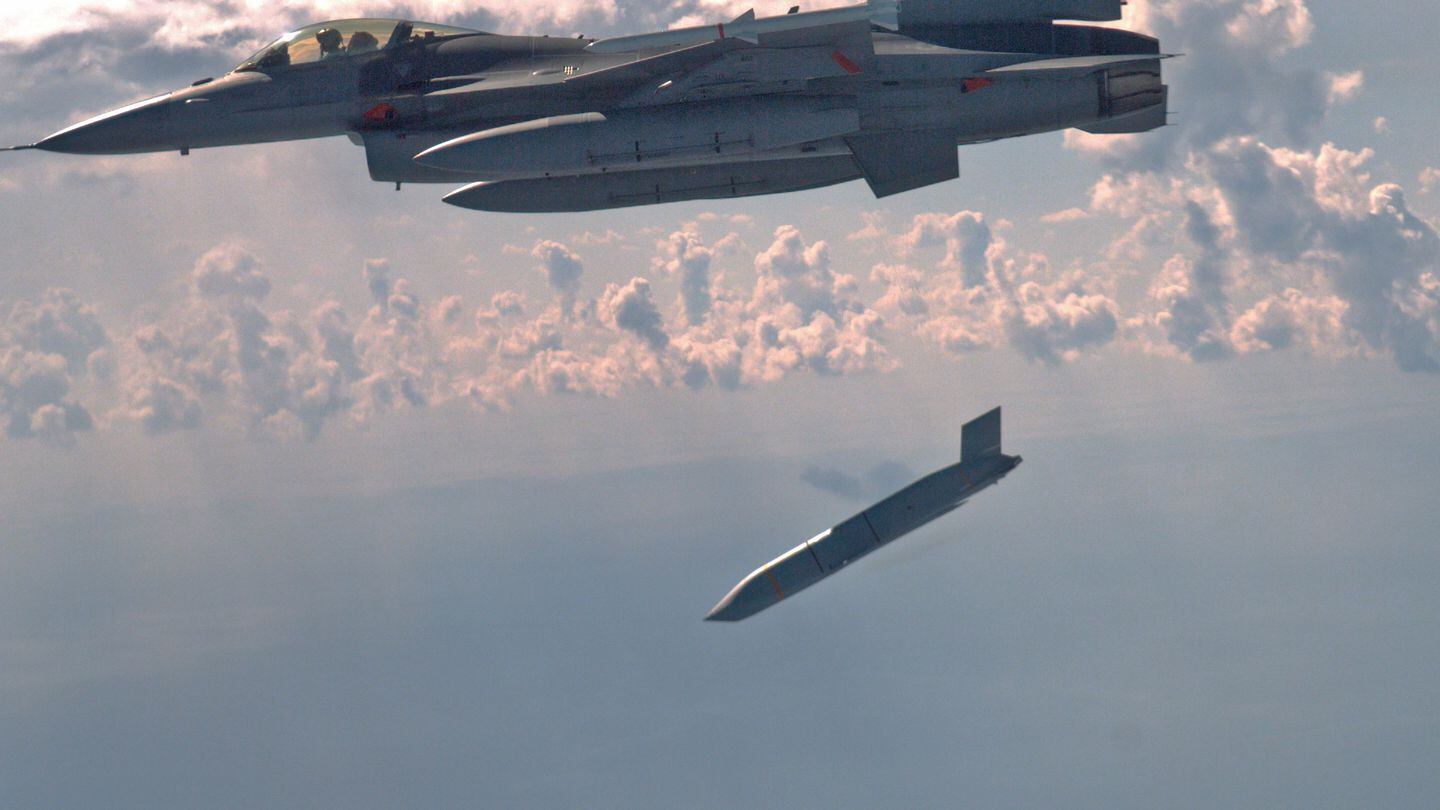
MELBOURNE, Australia — The U.S. State Department has approved a possible sale of stealthy air-launched standoff cruise missiles to Japan.
Under the potential deal, the U.S. ally would buy 50 Lockheed Martin AGM-158B/B-2 Joint Air-to-Surface Standoff Missiles with Extended Range through the Foreign Military Sales program, according to an Aug. 28 announcement by the Defense Security Cooperation Agency.
The planned sale, which the DSCA said is worth $104 million, will also include JASSM anti-jam GPS receivers, training missiles, as well as other spares and support equipment.
“The proposed sale will improve Japan’s capability to meet current and future threats by providing stand-off capability via advanced, long-range strike systems for employment on Japan Air Self-Defense Force (JASDF) fighter aircraft including but not limited to the F-15J,” the agency added.
The proposed sale now goes before Congress, during which quantities and price tags can change.
Japan plans to upgrade 68 of its Mitsubishi-built F-15J Eagle interceptors with new radars, mission computers and a standoff land-attack capability. The country had specifically planned for the JASSM weapon to provide the latter capability for its upgraded jets.
The Asian nation also plans to operate a future fleet of 147 F-35 jets that can employ the JASSM. Japan is currently on track to be the largest non-U.S. operator of the fifth-generation stealth fighter.
The AGM-158B JASSM-ER can deliver a 1,000-pound warhead up to 575 miles away, while the longer-range AGM-158B-2 has a warhead weighing 2,000 pounds with a range of 1,200 miles.
Other Japanese media outlets have reported the country is considering fitting a standoff missile capability on its Kawasaki C-2 airlifters, with the JASSM and the U.S. Air Force’s Rapid Dragon system cited as a possible option.
Japan has sought to acquire long-range land-attack capabilities in recent years as it seeks the capability to strike at potential threats as well as counter North Korean ballistic missiles or attempts by an adversary to seize Japan’s southern islands.
It had previously avoided acquiring such capabilities, as it deemed them too aggressive and in violation of its pacifist post-war constitution, which limited Japan’s self-defense forces to possessing capabilities required only for defending the Japanese mainland.
Mike Yeo is the Asia correspondent for Defense News.